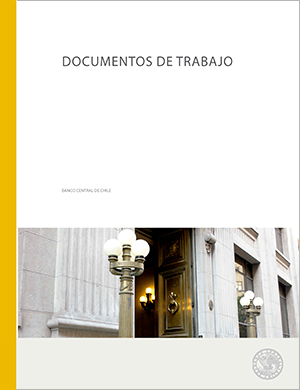Working papers N° 601: Price Level Targeting and Inflation Targeting: a Review
Publications
Working papers N° 601: Price Level Targeting and Inflation Targeting: a Review
Autor: Sofía Bauducco , Rodrigo Caputo
Description
In this paper we discuss the arguments for and against the adoption of price-level targeting. We review recent theoretical contributions, and illustrate the main differences between price-level targeting and inflation targeting in a simple New Keynesian model. We conclude that, contrary to conventional wisdom, price-level targeting can, in some circumstances, deliver better outcomes than inflation targeting. Its main advantage lies on the fact that it acts as a commitment device when the Central Bank is unable to commit to its future actions. However, even in the circumstances under which price-level targeting performs better, there are three caveats to be considered. First, a higher proportion of backward-looking price setters reduces the effectiveness of price-level targeting, because it weakens the expectational channel through which price-level targeting operates. Second, communicating a price-level target may be a difficult task for the Central Bank. Finally, price-level targeting itself is not immune to considerations of time-inconsistency.
Working papers N° 601: Price Level Targeting and Inflation Targeting: a Review
Boxes and graphics

